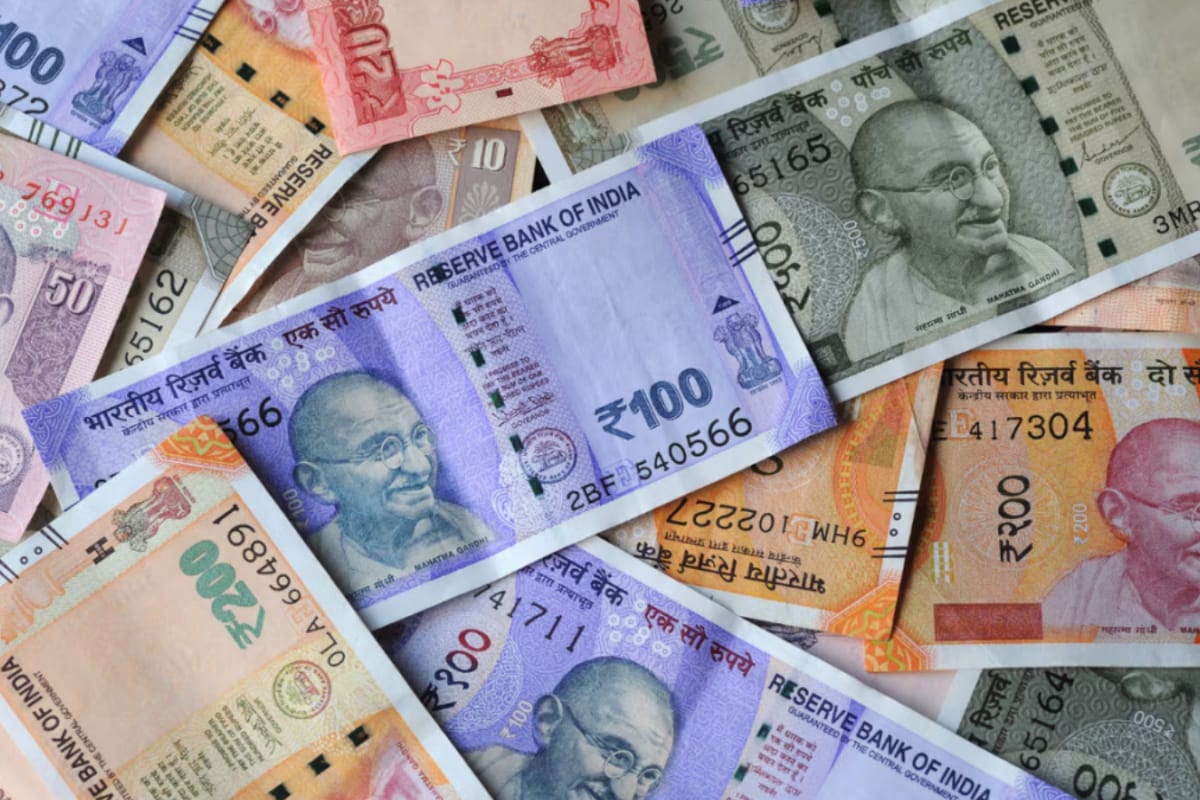

The Reserve Bank of India (RBI) has once again reduced the repo rate, bringing welcome news for borrowers across the country. On June 6, 2025, the Monetary Policy Committee (MPC), led by Governor Sanjay Malhotra, announced a significant cut of 50 basis points, reducing the repo rate to 5.5%. This marks the third consecutive rate cut since February 2025, with a cumulative reduction of 100 basis points. The previous cuts of 25 basis points each occurred in February and April, bringing the rate down to 6%.
What is the Repo Rate and Why Does It Matter?
The repo rate is the interest rate at which the RBI lends money to commercial banks against government securities. It serves as a benchmark for lending rates in the economy. When the RBI lowers the repo rate, it becomes cheaper for banks to borrow money, which in turn, allows them to reduce their lending rates for consumers and businesses. This reduction in lending rates can stimulate economic activity by encouraging borrowing and investment.
Impact on Home Loans
The recent repo rate cut is expected to have a significant impact on home loan EMIs (Equated Monthly Installments). For borrowers with floating-rate home loans, which are linked to external benchmarks like the repo rate, the interest rate on their loans will likely decrease. This will result in lower EMIs, making homeownership more affordable.
To illustrate the potential savings, consider a home loan of ₹1 crore with a 20-year tenure. If the interest rate was previously 9%, the EMI would be around ₹89,973. With a 50 basis point reduction in the interest rate to 8.5%, the new EMI would be approximately ₹86,782. This translates to a monthly saving of ₹3,190, an annual saving of ₹47,880, and a total saving of over ₹7.65 lakh over the entire loan tenure.
Even smaller home loan amounts can see significant savings. For instance, a ₹50 lakh home loan borrower could save around ₹1,595 every month, which amounts to ₹3.82 lakh over the loan's lifetime.
Borrowers also have the option to maintain their current EMI and reduce their loan tenure. By doing so, they can save even more on interest payments and become debt-free sooner. For example, on a ₹40 lakh home loan with an original tenure of 20 years, opting for tenure reduction instead of EMI reduction could save you an additional ₹3.92 lakh in interest.
Impact on Personal Loans
Similar to home loans, personal loan borrowers with floating interest rates can also benefit from the repo rate cut. As banks lower their lending rates, the EMIs on personal loans are likely to decrease. This can provide much-needed relief to individuals with existing personal loans, making it easier to manage their monthly expenses. However, it's important to note that borrowers with fixed-rate personal loans will not see any immediate changes in their interest rates or EMIs. The repo rate cut will primarily affect new borrowers and those with floating-rate loans.
Other Factors Influencing Savings
It's important to remember that the actual savings from the repo rate cut can vary depending on several factors, including:
Banks typically reserve the lowest interest rates for prime borrowers with excellent credit scores. Therefore, borrowers with lower credit scores may not see as significant a reduction in their lending rates.
Overall Economic Impact
The RBI's decision to cut the repo rate is aimed at boosting economic growth and supporting employment generation. By lowering borrowing costs, the central bank hopes to encourage investment and spending, which will in turn stimulate economic activity. The rate cut is also expected to improve liquidity in the banking system, making it easier for businesses and individuals to access credit.
Furthermore, the MPC has revised the inflation outlook for FY26 to 3.7 per cent, from the earlier 4 per cent. The MPC also retained the GDP growth forecast for the current fiscal year at 6.5 per cent, stating that “geopolitical tensions and weather vagaries pose headwinds”.
In conclusion, the RBI's repo rate cut is a positive development for borrowers, particularly those with home loans and personal loans. By taking advantage of the lower interest rates, borrowers can save a significant amount of money on their EMIs and overall interest payments. The rate cut is also expected to have a positive impact on the economy by stimulating borrowing, investment, and spending.